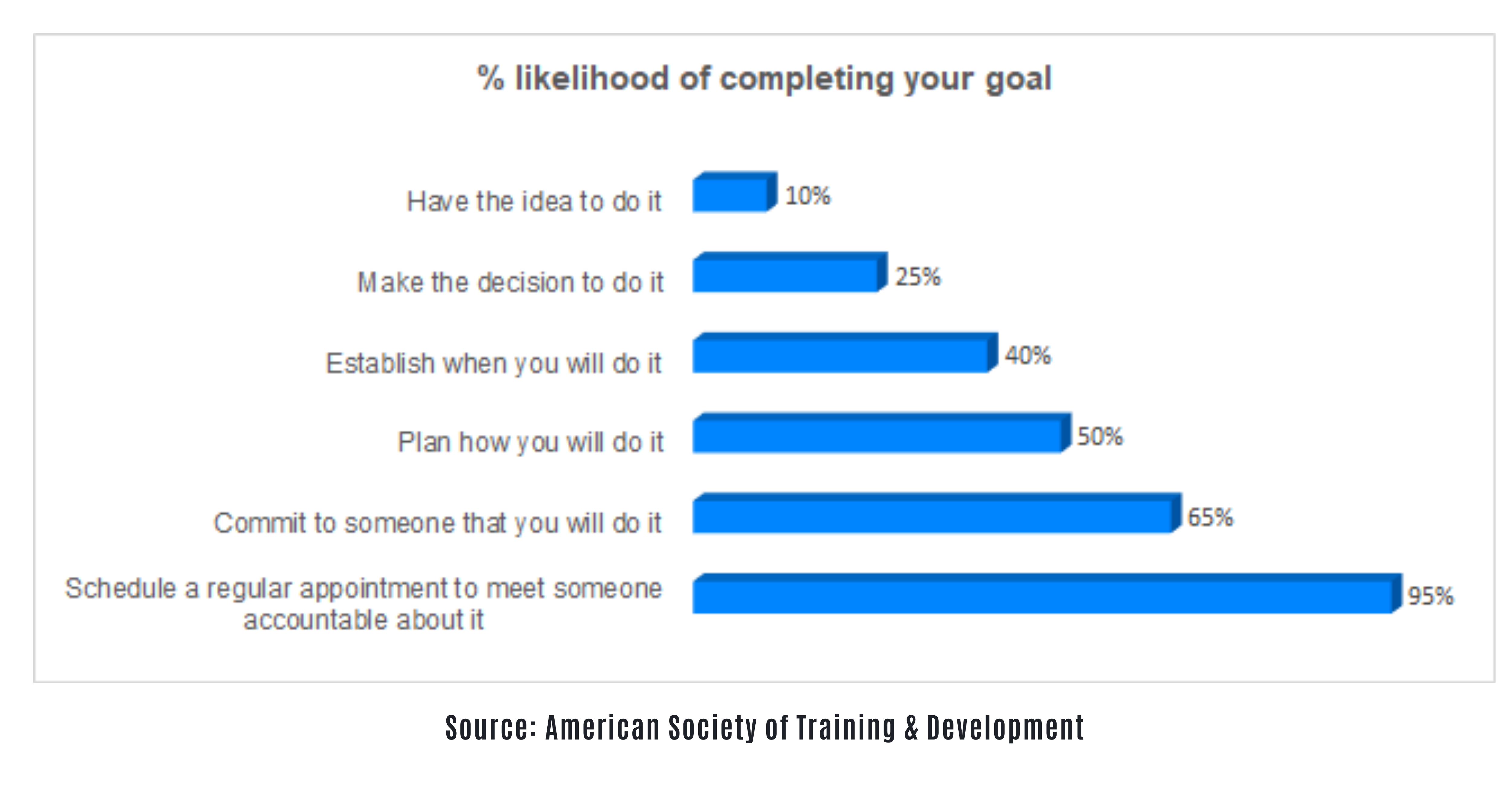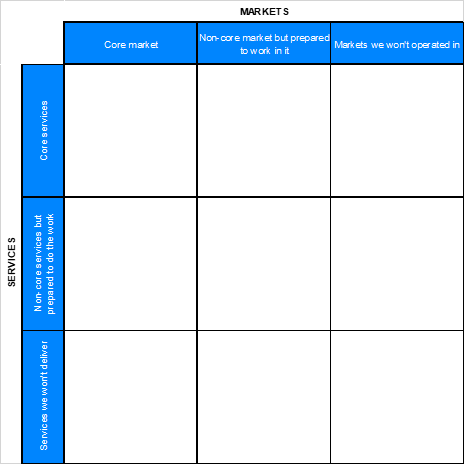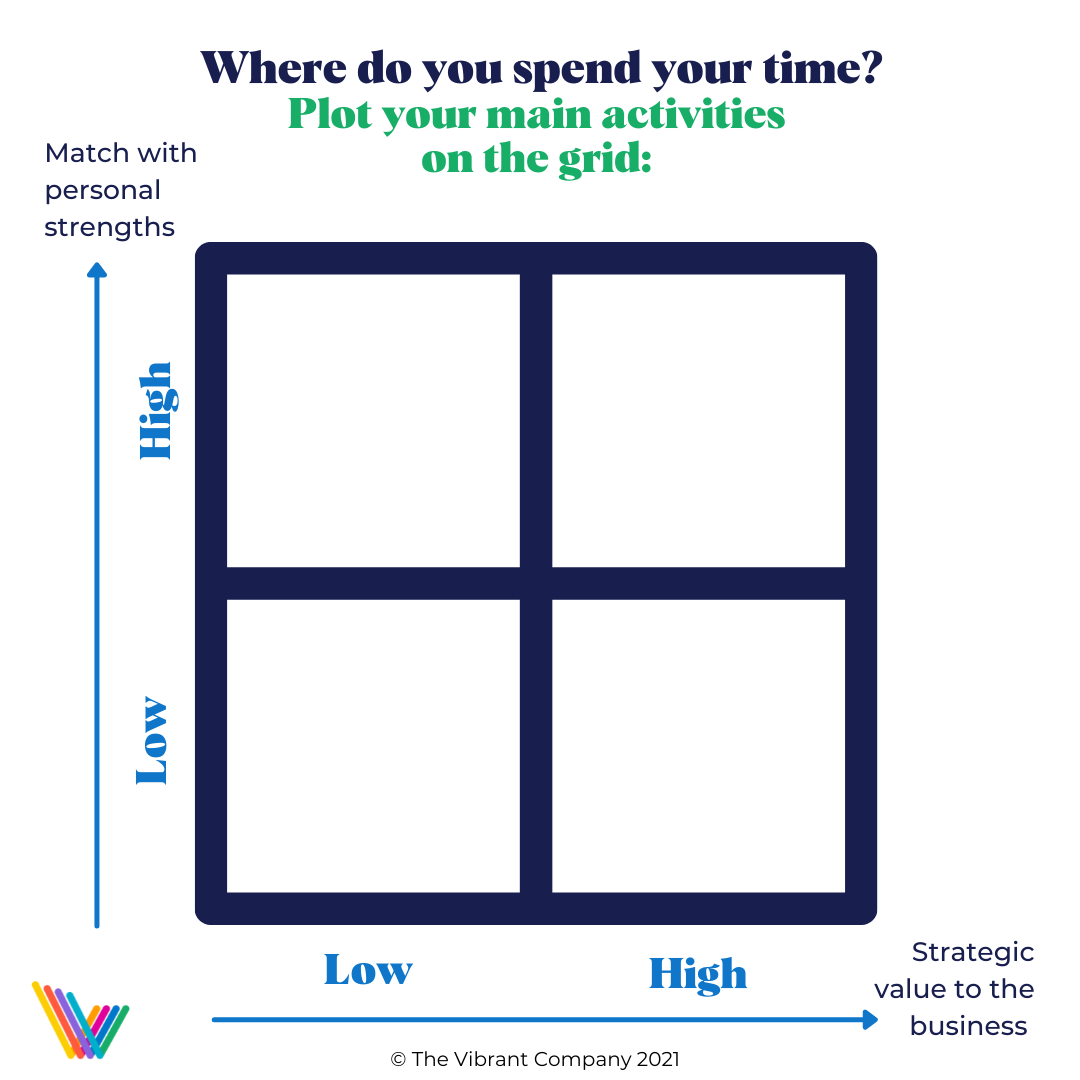
Unlock the full potential of your consultancy’s strategic plan
Have you ever got to the end of a quarter, or a year, to find that you haven’t achieved your strategic objectives because you and your leadership team have been too absorbed in the operational workings of your consultancy?
Are your strategic objectives taking longer to fulfil than you know they should, despite your long hours? Are you frustrated about that, and do you sense frustration in those around you too?
Have opportunities passed you by because you haven’t created the space to properly consider whether you should adapt your strategic objectives?
I expect you are nodding away to one, if not all, of these. And unfortunately, you’re not alone.
On average, partners of sub-£20m consultancies spend an excessive 47% of their time with clients, and only 10% of their time on their strategy.
Consultancy BenchPress 2020/21
The experiences of many consultancies show that it simply isn’t enough to develop your strategic plan. You have to work consistently hard at implementing it.
In this article I explain what will (and won’t) happen if you don’t stay true to delivering on your strategy, and some of the cultural, structural and operational processes you can put in place to get your business to where you want it to be.
Why you need to pay more attention to your strategy
Not giving your strategy the regular and in-depth attention it deserves has serious implications for your consulting business. . Here are three of them.
1. Increased attrition
Picture the scene: it’s another senior management team meeting and you’re talking strategy – but briefly, because there are lots of other urgent matters on the agenda. Everyone knows there are strategic issues in the business, and solutions have been identified for some of them, but not enough is getting done. Partly because you’re all too engaged in delivering the day to day requirements of your clients to think and act fully on the key issues of your business. And also because you’re all too stuck in the operational niggles, so you haven’t had time to investigate and resolve all the strategic issues that underpin the problems manifesting on the surface.
You can predict the outcome. Your team can’t make the right decisions to tackle the most important issues of the business. And you can’t fully capitalise on the opportunities that arise now and in the future. In addition, as the owner you end up working even longer hours, likely, not doing the things you’re best at.
This lack of attention at a strategic level rapidly leads to disillusionment in your senior team. They lose faith in the strategy and, if you’re not careful, in your leadership too.
A rise in your staff attrition rate is the obvious place to spot signs of frustration and disengagement.
2. Internal process inefficiency and inconsistency
We all know that, in an ideal world, once a project is finished a best practice template and set of guidelines is developed to ensure quality, consistency and value for money the next time you do something similar. It’s the golden thread that runs through all your work to stop people from reinventing the wheel and to ensure your clients get the best possible experience.
The same goes for lots of other aspects of your operations, including pitching, recruiting, resourcing, marketing and….strategic implementation.
A lack of investment in continually thinking about your strategy, and in continually improving it, means there is no best practice example for staff to work towards. As Dom Moorhouse, who sold his consultancy for £20m after just 5 years and is now a Growth Expert for The Consultancy Growth Network, says in his book The Five Year Entrepreneur Guide:
“The point of your strategic plan is not to give you an immutable roadmap, but rather an intelligent sense of direction around which you can assess, review and pivot in the future.”
Dom Moorhouse
As a team you can only make the right decisions and fully capitalise on the opportunities if you have the processes in place to enable them.
A great example of this is building out your future organisational structure. If you know what capabilities you will need in the business if you are to fulfil your ambitions in 2-3 years’ time, then the sooner you raise your team’s awareness the more likely you will find people in the interim, and/or your team will develop the necessary capabilities internally.
3. Reducing optionality when it comes to exit
If, like many consulting business owners, you hope to exit your business one day and sail off into the sunset having realised a sizeable capital gain, then your level of strategic focus is paramount. Entrepreneurs are opportunistic by nature, but this strength can be a weakness when it comes to building something that someone else wants to buy. The big risk associated with taking an opportunistic approach to growth is that you might unwittingly narrow your buyer universe.
Because buyers generally want to buy a business that will fill a gap, slotting nicely into their portfolio of other businesses. As soon as you complicate the breadth of offering, the number of markets you operate in, the number of capabilities you need to develop, the fewer buyers there will be ready to pay a premium multiple for your business.
Narrowing your buyer universe does not mean you will not necessarily be able to sell your business however it does mean that fewer people will be competing for it and so the multiple is likely to be lower. It is also true to say that newer, different parts of your organically grown business might be discounted entirely by certain buyers because they are only interested in the core business.
Looking after your strategy
Assuming you’re convinced of the need for consistent focus on your strategy, the next question is how do you avoid becoming one of the many owners who allow priorities to drift? There are three main ways to give yourself the best chance of achieving this.
1. Build in strategic accountability
Research by the American Society for Training and Development, quoted in Forbes, shows that your chance of successfully reaching your goal is 95% when you have an ongoing appointment to meet a person to whom you have agreed to be accountable. This compares to just 50% of goals being completed if you only go as far as to establish when you will do them.

Owners that have no-one to hold them to account are at the biggest risk. Even when you have business partners there is often a real reluctance to hold each other to account, and the team gets used to making excuses for not delivering the important, less urgent actions.
I highly recommend that you make yourself accountable to a NED or board and acknowledge your responsibility and commitment to delivering against your consultancy’s strategic promises to them and your senior team. Do take 5 minutes to watch Dom Moorhouse speaking at one of The Consultancy Growth Network’s recent events about the benefits of regularly spending strategic time working ‘on the business’ with a board or mentor.
2. Be ruthless and formulaic in your strategic planning
Deciding what to do and what not to do at one point in time, is relatively straight forward. But you need to measure your progress against those decisions and know why, how and when to adjust it (or not) if things change.
For example, from a client delivery perspective, it is very easy to slip into the habit of doing the extra bits and pieces requested of you by your clients outside of your core capabilities. Before you know it, you have more service offerings than people, and are veering away from your strategic plan without understanding the full impact of that diversion. To actively deal with this, David Bailey, one of our Growth Experts, recommends putting any new service offerings into your next strategic planning session so that you can decide whether or not to adopt them and commit (or recruit) resource for them.

As David says, regularly going through this process makes sure that the people on your payroll are the people who are really good at doing your core services in your core markets. You can use your associates for the non-core services, sometimes in the non-core markets.
David also advocates using the matrix to look back on performance. If you take all the projects you’ve done in the last 12 months and map your revenue income from each in the relevant boxes of the matrix, you should see the proportion of your revenue associated with your core service / core market projects go up.
You can apply this approach to any aspect of your strategic plan. It helps you think through the implications of changes to your strategy before it’s too late.
3. Build your execution muscle
Research by Colin Price on accelerating performance found that there are four recipes for being successful, one of which is running the execution engine, “where stability, efficiency and consistency are the most important capabilities”. His research found accelerated performance is down to leadership, and that:
“Leaders are four times more productive than their peers if they choose one recipe and implement it distinctively well.”
Colin Price
Establishing timelines, prioritising and effectively resourcing (all of which, in my view, make up your ‘execution engine’) are critical to the fulfilment of your strategic plan. Developing a structured and systematic approach to accelerating your team’s development will go some way to achieving this – visit our Insights page to watch some clips from our interactive workshop ‘Why and how to leverage team capability’ with Deri Hughes.
Another vital cog of your execution engine is your time.
Sarah Matthew, another member of The Consultancy Growth Network’s panel of expert advisors, has worked with so many owners who haven’t previously taken the time to work out what their own true value is. So they have ended up performing all manner of roles, getting exhausted and having even less time to think strategically.
Sarah takes her clients through a two step process to break this cycle.
- Identify why you are doing what you do as a business (watch Sarah talking about strategic planning in smaller consultancies) and make time to work out how to achieve that.
- Devise a plan that covers all the processes that are critical to your consultancy’s success. Then define what you are best at doing and be clear about the areas in which you don’t have the right strengths – below is one of Sarah’s models that she uses to highlight the gaps. Sarah’s model below makes it easier to identify the strengths you’re missing and therefore who to onboard.

Your must-do action
Future-proofing your business is your number one priority, whatever your ultimate objectives are. So before you get pulled into the next client project, generate accountability, give your strategic plans your unwavering attention, and work out who’s best at what and what gaps need filling. I think you will find your consulting ownership journey is more enjoyable, and you will reach your destination faster, as a result.
Article | Strategy and leadership

Written by
Marc Jantzen
Founder
The Consultancy Growth Network
Follow me on LinkedIn for more insights specifically for consultancy leaders